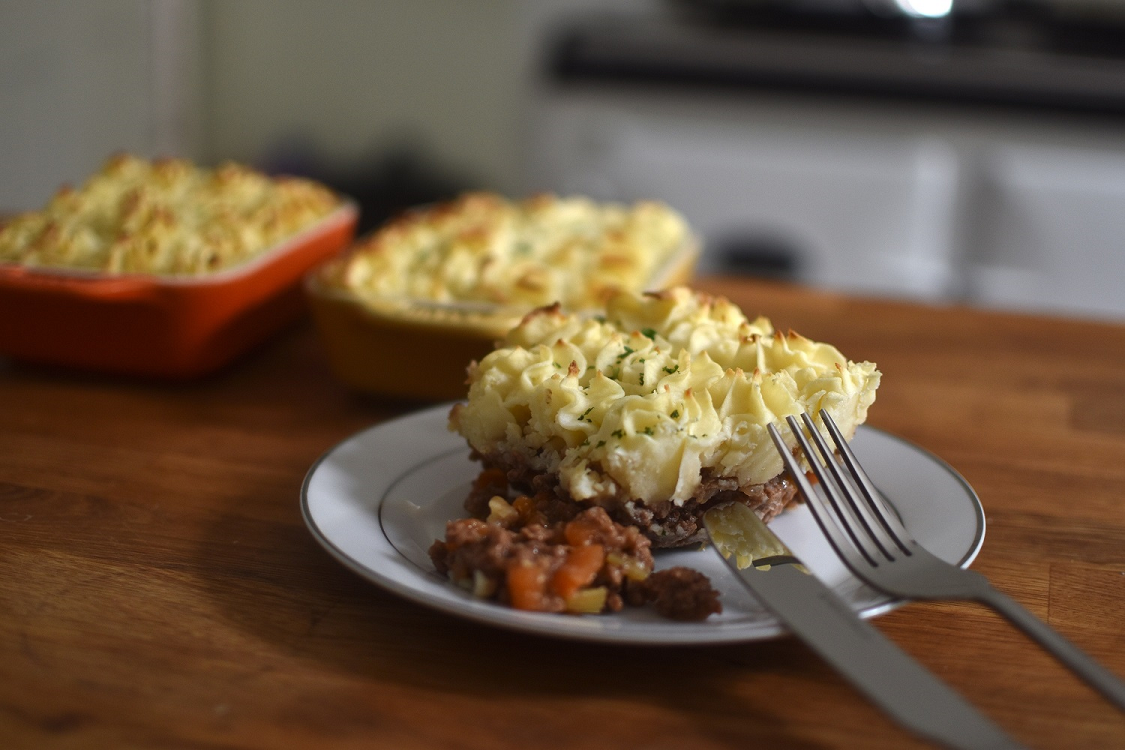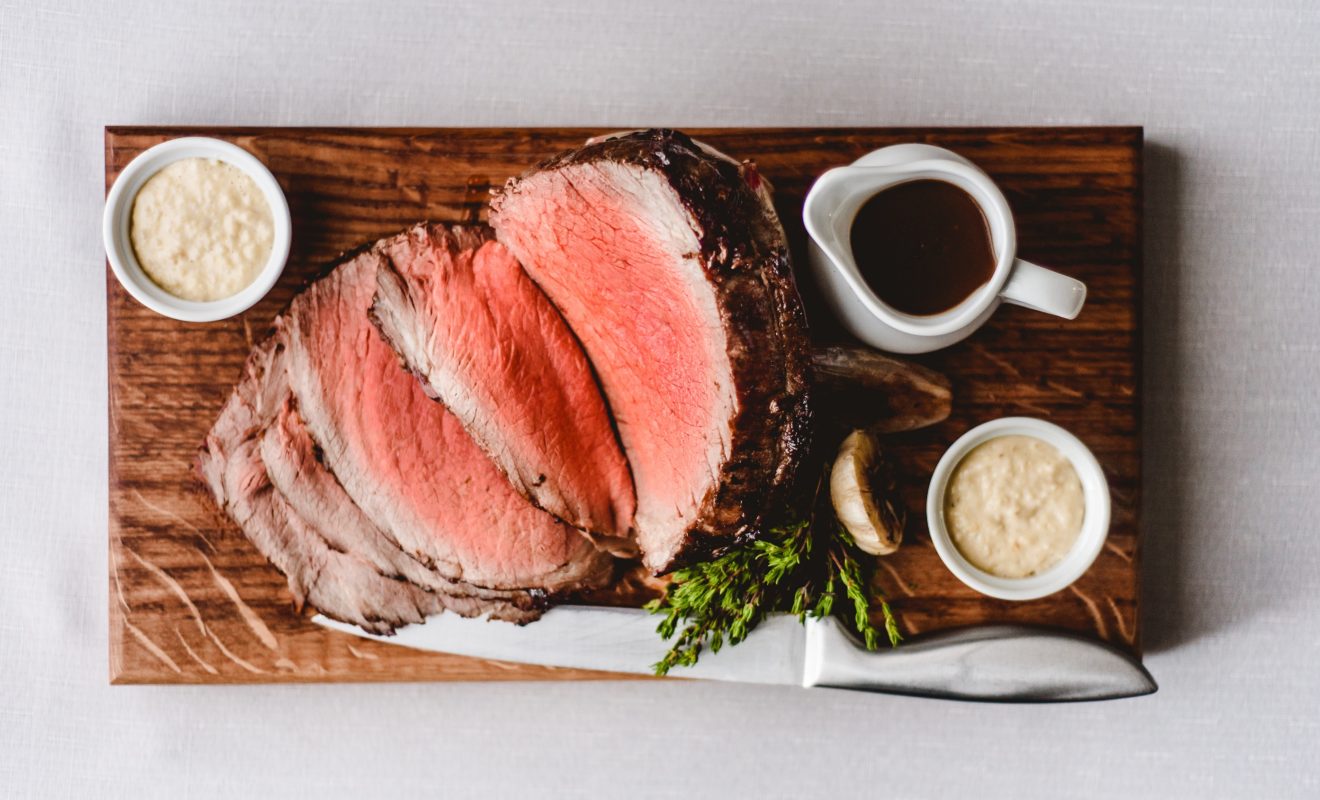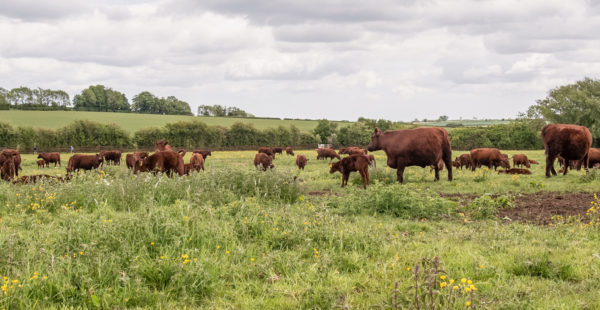Roast Beef and Yorkshire Pudding
Synonymous with Sunday dinner, roast beef and Yorkshire puddings are the perfect match. Served with roast potatoes, vegetables, and lashings of gravy, it is a meal that many look forward to every week. Roast beef holds cultural meaning for the English and there is even a ballad written about it which was first performed in 1731 and begins with the lines ‘When mighty Roast Beef was the Englishman’s food, it ennobled our veins and enriched our blood.’ Yorkshire puddings were devised in the 18th century and used to be served as an inexpensive but filling appetiser before the main meat dish was served but somewhere in history, the two came to be dished up within the one meal.
Beef and Ale Pie
Now hailed as a satiating, hearty dish, pie has its roots in Ancient Egypt. The first pie shells were used as a way to preserve the contents inside which was often meat, cheese, fish or nuts. As they were made from grains and water, however, they were hard and inedible. Nowadays we can enjoy shortcrust or puff pastry varieties but one of the nation’s favourite pies is beef and ale. Particularly favoured in Scotland, it is made with steak chunks in a thick gravy and a pastry case and is often served with thick-cut chips and peas.
Cornish Pasty
The traditional Cornish pasty is made with beef, diced potatoes, swede and onion in a pastry shell, that has a distinctive folded edge. The dish was given Protected Geographical Indication in 2011 which protects the reputation of regional foods. Whilst it is now known as the national dish of Cornwall, the exact origins of the pasty are unclear. References to pasties in general date back to the 13th century but it was in the 17th and 18th century that they gained popularity with working people such as miners and sailors. Variations of this much-loved food can be found in Australia, Mexico and the USA.
If all this talk of delicious beef dishes has got your mouth watering, why not use ethically farmed, grass-fed Massingberd-Mundy Red Lincoln Beef to recreate your own at home? You can order your beef box for delivery here.







